There are different types of International Education Boards available in India. They are the best options available for those parents, who want to send their children abroad for higher studies or jobs. They are also best options for those who are planning to move to another country few years later.
But like others, Every one of those parents someday or other faces questions like Which International Education Board he should choose, How to find the right one, How many types of International Boards are available here, etc. Here in this blog, an attempt is made to represent core understanding of the similarities, differences, advantages and limitations of the different International Education board options available in India.
Different Types of International Education Boards available in India
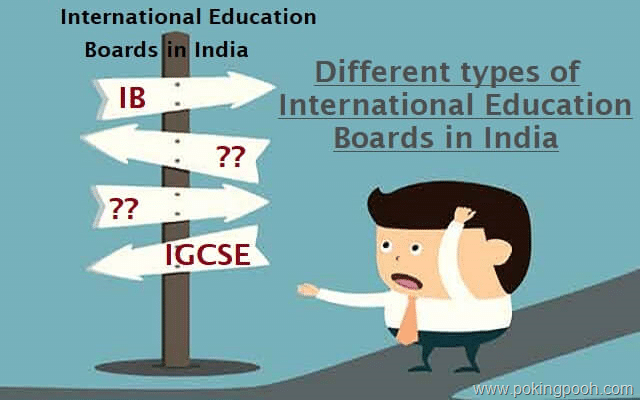
India is structured with two international education boards – IGCSE & IB. Indian Schools offer International Syllabi that is:
- IB (International Baccalaureate)
- IGCSE (International General Certificate of Secondary Education (IGCSE) Cambridge University)
IB (International Baccalaureate) Board – Important Features
It was formerly known as the International Baccalaureate Organization (IBO). It is an international educational foundation headquartered in Geneva, Switzerland and founded in 1968
Key Points about IB (International Baccalaureate) Board
the key features of IB are:
Examination Model
It provides 3 educational programs, that is
- PYP or Primary year program for KG to Class-5
- MYP or Middle year program for Class-6 to Class-10
- DP or Diploma program for Class-11 and Class-12
Number of Schools Affiliated
140 in India and 4,700 worldwide(approx) .
Areas of Operations
India and 144 other Countries like USA, UK, Australia etc.
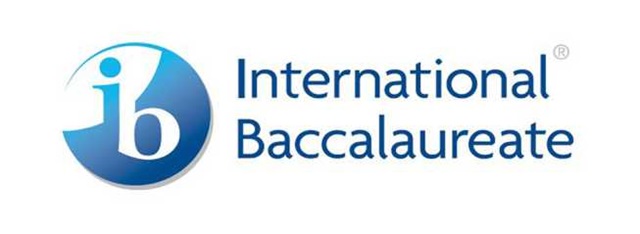
Advantage of Studying in IB (International Baccalaureate) Board
- International Board is recognized by most of the Universities across the world.
- It gives opportunity for students to apply to Foreign Universities where CBSE and ICSE board are not recognized.
- Recognized by UNESCO, Council of Europe, Organisation Internationale de la Francophonie (OIF)
- Core curriculum is based on application and experiments.
- IB schools have better infrastructure.
- Best option for the parents who are NRI, or are planning to move abroad.
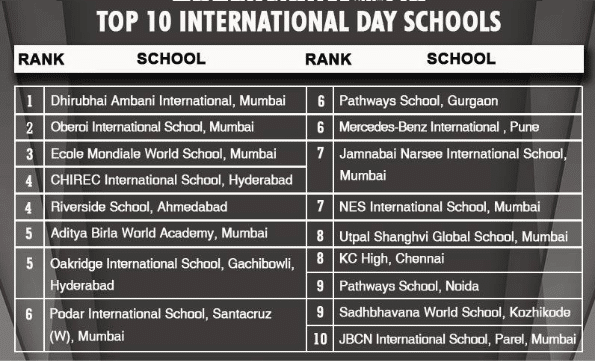
Limitations of Studying in IB (International Baccalaureate) Board
- Fee structure is on the higher side.
- IB schools are found only in metropolitan cities and Tier-1 cities of India
- Students face difficulty while shifting to other boards (if required).
- Difficult to find tuitions and books.
IGCSE (International General Certificate of Secondary Education) – Important Features
International General Certificate of Secondary Education (IGCSE) is an academically thorough, globally used and specialized Board. It has basically English language curriculum which is presented to students to prepare them for International Baccalaureate and CIE A-level. The IGCSE was developed by University of Cambridge International Examinations.
The IGCSE is mainly exam-based that is they are not actual certified “courses”, but almost like exams that check knowledge in individual subjects in the same way as Advanced Placement exams and SAT Subject Tests. That is the reason, it is also a feasible option for many home-schooling educators or in Adult education.
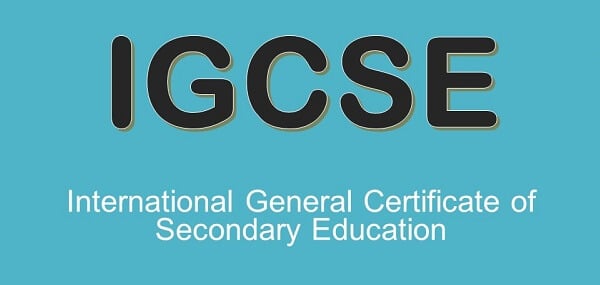
It is suitable for those who are seeking a qualification but has no time to attend full-time school classes. It is academically worth if compared to many secondary school curriculum worldwide, such as England’s GCSE, the North American GED or high school diploma, Hong Kong’s HKCEE, Singapore’s O-Level, and CBSE or ICSE courses of India.
Key Points about IGCSE (International General Certificate of Secondary Education) Board
The Key features of IGCSE are as follows:
Examination Model
- Cambridge Primary is basically for learners of age between 5 to 11 years.
- Cambridge Secondary 1 and Cambridge Secondary 2 is basically for learners of age between 14 to 16 years. It offers learners two routes of learning that is Cambridge IGCSE and Cambridge O Level .
- Cambridge Advanced is basically for learners age between 16 to 19 years. Learning includes advanced study to get ready for university and higher education. It offers learners two routes of learning that is Cambridge International AS and A Level, and Cambridge Pre-U.
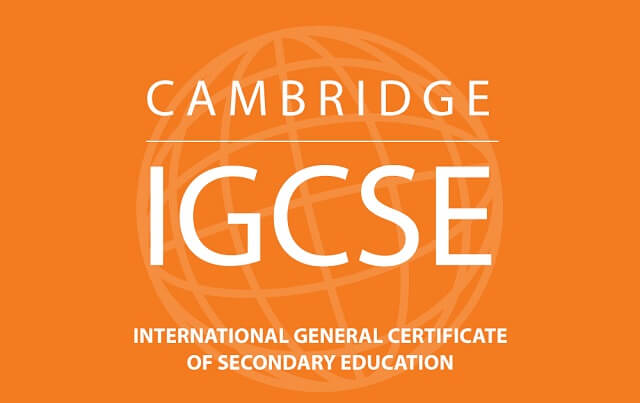
Number of Schools Affiliated
350(approx) in India
Areas of Operations
India and 120 other countries like USA, UK, Canada etc.
Advantages of IGCSE (International General Certificate of Secondary Education) Board
- It is recognized by most of the Universities of the world.
- It gives opportunity for students to apply to Foreign Universities where CBSE and ICSE board is not recognized.
- Quite advanced curriculum and variety of subjects to choose from.
- It focuses more on English and Technical Subjects
- It is a feasible option for many home-schooling educators or in Adult education.
- It is suitable for those who are seeking a qualification but has no time to attend full-time school classes.
- Cambridge IGCSE provides a wide and flexible study course and covers subjects from a variety of areas: Languages, Humanities, Social Sciences, Mathematics, Creative, Technical and Vocational.
Limitations of IGCSE (International General Certificate of Secondary Education) Board
- Fee structure is on the higher side.
- It is found only in metropolitan cities and Tier-1 cities of India
- Students face difficulty while shifting to other boards (if required).
- Difficult to find tuitions and books.
Suggested Articles:
Which Renewable Energy is Better? Wind or SolarBlockchain Technology in CBSE | Verification Using BlockchainUnique Weird and Unusual Restaurants of India


